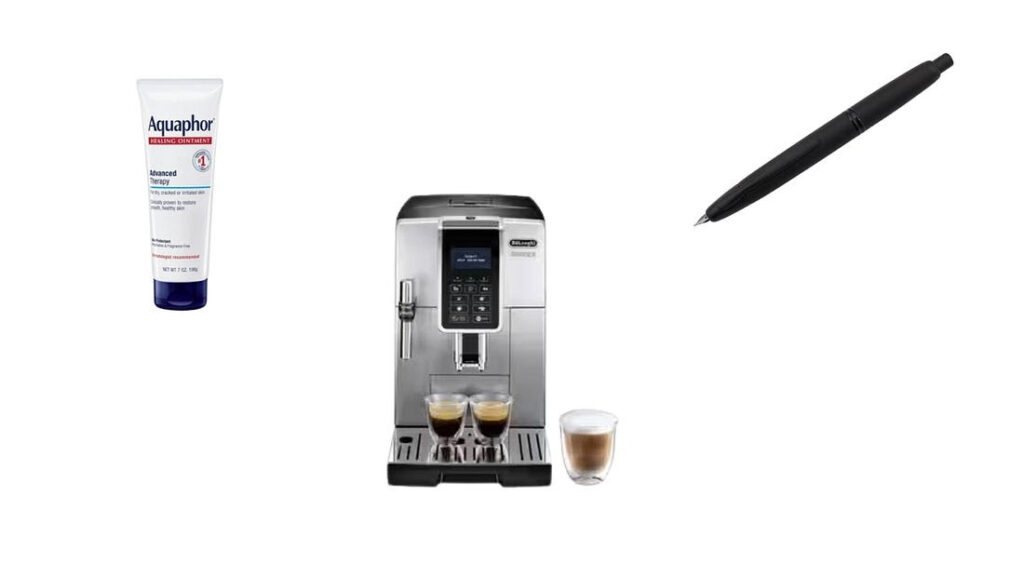Eneloop Rechargeable Batteries
Pre-charged, low self-discharging batteries
I’ve been using them for six months and during this time, one of the little buggers maintained power in a key ring torch for the entire period. I can definitely say that a normal NiMH would not have made it that long. Some people know this, some people don’t, but standard rechargeable NiMHs self-discharge, constantly losing energy (even when not in use), so people often end up with powerless cameras at weddings or powerless radios or flashlights in survival situations. I’ve found it’s quite possible for the energy in them to have halved after a month or two, and with some older cells I have, the dive can be much faster. Although Eneloops have a quoted total charge capacity that can be smaller than the best premium NiMHs, they lose their charge at a much lower rate – the company says as little as only 15% a year — because of their design. They’re also Cadmium-free, which is supposed to better for the environment. I really feel regular NiMHs should come with a safety warning, as I’m sure people have had cells they put in emergency equipment run down. These cells make it truly practical to do away with 90% of the alkaline and lithium cells you’re still using, benefiting your pocket book and the environment. There are other brands that advertise the same improvement: Varta Ready2Use, Rayovac Hybrid, Titanium Power Enduro. All of them come pre-charged and ready to use and work in the standard NiMH charger you probably already have. I went with the Sanyo Eneloops after reading a lot of positive first-hand accounts online. Just two cautions: stick with lithium cells in devices like smoke alarms which have to maintain power for years; and don’t use these cells (or any type of NiMH) in devices like cordless phones that recharge on their own base station without checking the manual — these devices are often NiCd rather than NiMH, and the charger will be incompatible.
09/25/07Eneloop $11 (4-pack of AA) Manufactured by Sanyo







